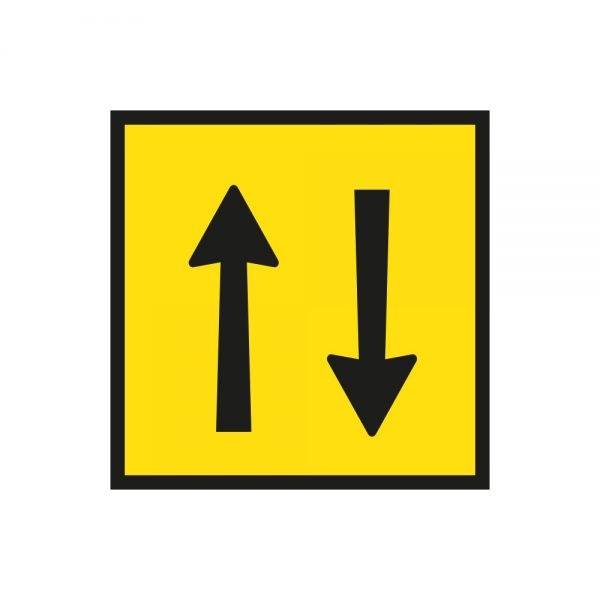Speed limits indicate the maximum speed permissible by a governing authority. The main purpose of speed limits is to improve road safety by reducing risks caused by drivers’ speed choices. Speed limits also lower the inequalities in speeds and reduce the potential for vehicle conflicts. Speed limit road signs play a major role in avoiding mishaps, accidents, and traffic violations.
What kind of localities need speed limit signs?
There is a wide range of localities that require speed limit signs. Any locality with a light and heavy vehicle operating on-site requires a speed limit sign. Some of them are:
- Hospitals
- Retail shopping centres where truck delivers stock
- Mining sites
- Road work sites
- Construction sites
- Schools and Day care centres
Along with Speed limit road signs, there are many safety products like Energy Absorbing Bollards and barriers that minimise injuries for the driver, protecting pedestrians and property.
Energy Absorbing Bollards are suitable both for high-speed and low-speed areas.
Different types of speed limit signs are used in different work areas. A few are mentioned below:
- Regulatory speed signs
Regulatory speed limit signs come with a speed limit in a red circle and a background in white. As shown on the sign, driving at the speed limit of 50 Km/hour is ideal.
- Variable speed limit signs
These are automated signs placed in subways, bridges and motorways, where the speed limit varies based on road conditions. It would be best if you don’t exceed the speed limit shown on the sign.
- Local traffic areas
A local traffic area is Local Street, with a speed limit of 40km/h. The lower speed limit is safer for all road users and more peaceful for people in the area.
- High pedestrian activity signs
With a speed limit display of 30km/h or 40 km/h, high-traffic central business district zones & small suburban shopping centres come under this group.
- Shared zone Signs
Shared zone signs depict the common zone where walkers, cyclists, and other vehicles can share the road safely. With a maximum speed limit of 10 km/h, you can give way to any walker in a shared zone, including occasionally slowing down and stopping if needed.
- School zone signs
A zone between a ‘School zone’ sign & an ‘End school zone’ sign is termed a School Zone. It would be best if you stayed within the speed limit in a school zone on weekdays during the times shown on the sign. Dragon teeth are drawn to make the sign more visible.
- Bus stop signs
The zone between a ‘School bus stop zone’ sign & an ‘End school bus stop zone’ sign is considered a School Bus stop zone, and a sign is displayed. School kids are picked up and dropped in this zone. If you see a bus with flashlights on the top while driving, you must not overtake it in any direction at more than 40 km/h while the lights are flashing.
- Advisory speed signs
These are non-regulatory signs. They show the recommended maximum speed to drive carefully when there are hazards, such as curves, bends, and ridges. Advisory speed signs have a yellow background with a warning sign.
- Road work speed limit signs
These speed limit signs lead you to the roadworks’ starting point and end point, along with the prescribed speed limit for that area.
Conclusion
Speed limit sanctions are subject to change frequently. It is crucial to be up to date with changes in the laws in your state and be well aware of speed limit road signs.










